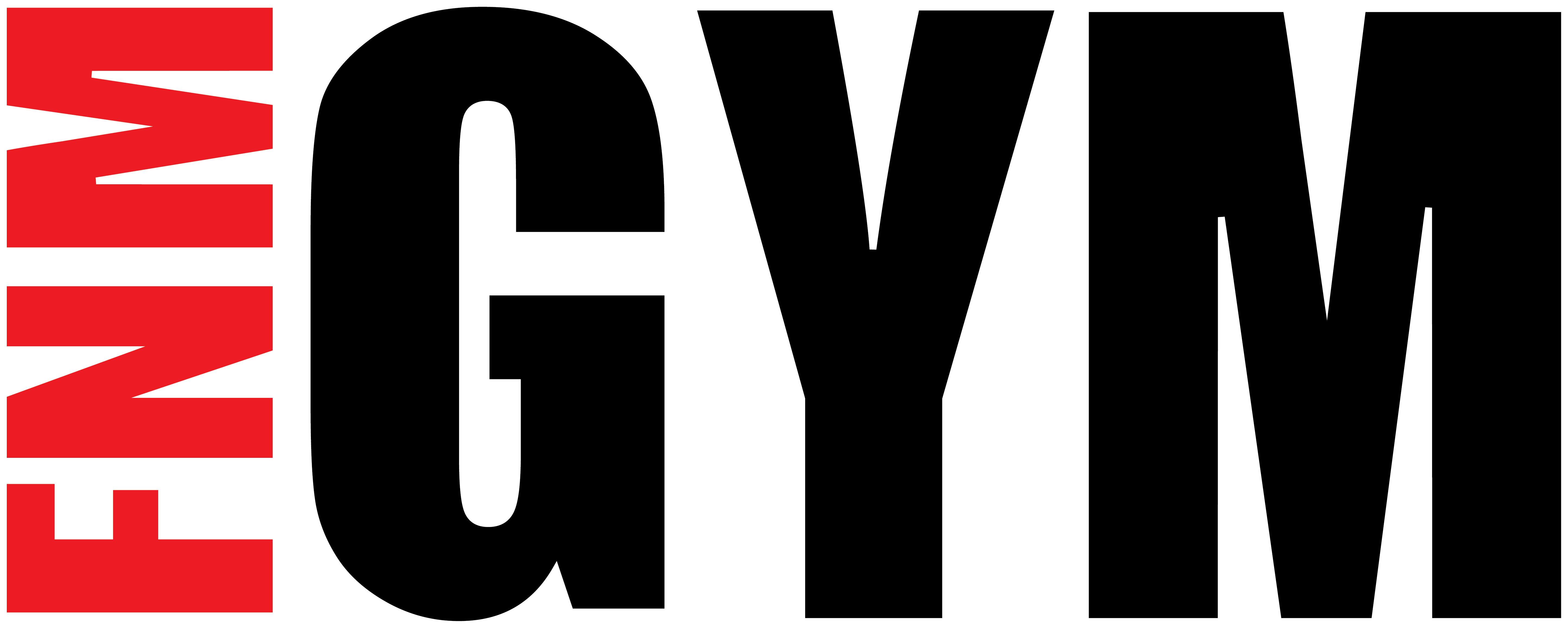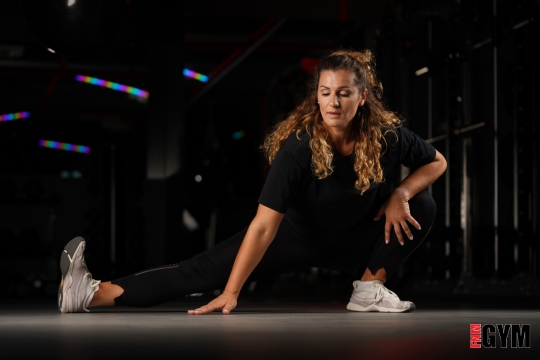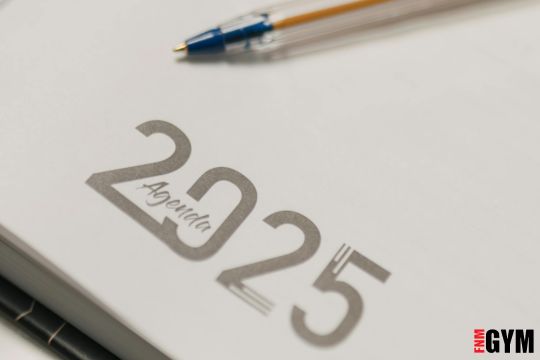At our inclusive, family-run gym, we know how much effort you put into your workouts. But are you giving your warm-ups and cool-downs the attention they deserve? Whether you’re smashing a cardio session, lifting heavy, or improving flexibility, proper preparation and recovery make a world of difference. Let’s dive into why warm-ups and cool-downs are so important, the differences between dynamic and static stretching, and some sample routines to keep you moving safely and effectively.
Why Warming Up and Cooling Down Is So Important
Think of your body as a car. You wouldn’t drive off in winter without warming up the engine, right? Similarly, a good warm-up prepares your muscles, joints, and heart for the work ahead. It improves circulation, loosens up tight areas, and increases your range of motion, reducing the chance of injury and improving your performance.
Cooling down is just as crucial. After an intense workout, your heart is pumping, and your muscles are full of lactic acid. A proper cool-down helps lower your heart rate gradually, prevents dizziness, and reduces muscle soreness by easing your body back to its resting state. Skip it, and you risk stiff, achy muscles the next day—or even longer!
Dynamic vs. Static Stretching: What’s the Difference?
It’s easy to get confused about when to use dynamic and static stretches, but the distinction is simple.
Firstly, dynamic stretching involves controlled, flowing movements that take your joints through their full range of motion. Examples include leg swings, arm circles, or walking lunges. These are perfect for warm-ups because they activate your muscles and prepare them for activity.
On the other hand, static stretching is when you hold a stretch for 15-30 seconds, like reaching for your toes or pulling your heel to your glute. These stretches are best for cooling down, as they help to relax tight muscles and improve long-term flexibility.
In short, dynamic stretching is ideal before exercise to activate muscles, while static stretching is best after exercise to help with flexibility and recovery.moving, and static stretches help you wind down.
Sample Routines for Cardio, Strength, and Flexibility Workouts
Not sure where to start? Here’s a cheat sheet of warm-up and cool-down routines tailored to different workouts.
For Cardio Workouts (e.g., Running, Cycling, Rowing):
Warm-Up (5–10 minutes):
- Start with light cardio to get your blood flowing, like brisk walking or slow cycling.
- Add dynamic stretches, such as:
- High knees (30 seconds).
- Leg swings (10 per leg).
- Arm circles (10 in each direction).
Cool-Down (5–10 minutes):
- Slow down your pace to a light jog or walk for 2–3 minutes.
- Stretch your calves, hamstrings, and quads with static stretches:
- Calf stretch: Hold for 20–30 seconds per leg.
- Hamstring stretch: Sit on the ground, legs out, and reach for your toes.
For Strength Workouts (e.g., Weightlifting, CrossFit):
Warm-Up (5–10 minutes):
- Do light cardio, like jogging or skipping, to warm up your muscles.
- Include dynamic movements that mimic the exercises you’ll do, such as:
- Bodyweight squats (10–12 reps).
- Arm swings or shoulder rolls (10 reps each).
- Walking lunges (10 steps per leg).
Cool-Down (5–10 minutes):
- Spend a couple of minutes walking or doing light stretches for the muscles you worked.
- Focus on static stretches for the chest, shoulders, and lower body:
- Child’s pose for the back and shoulders.
- Quad stretch: Stand, grab your ankle, and pull your heel towards your glute.
For Flexibility Workouts (e.g., Yoga, Pilates):
Warm-Up (5 minutes):
- Flow through gentle, dynamic stretches:
- Cat-cow stretch for your spine (5 reps).
- Standing side bends (5 per side).
Cool-Down (5–10 minutes):
- Finish with relaxing static stretches to deepen flexibility, like:
- Butterfly stretch: Sit with feet together and gently press your knees down.
- Seated forward fold: Stretch your hamstrings and lower back.
Common Mistakes to Avoid
Even with the best intentions, it’s easy to make mistakes with your warm-ups and cool-downs. Avoid these pitfalls:
- Skipping them entirely: It might be tempting to jump straight into your workout or dash out after you’re done, but your body needs that prep and recovery time.
- Rushing through stretches: Holding a stretch for less than 15 seconds won’t help much. Take your time and breathe deeply.
- Static stretching before exercise: Save these for after your workout. Static stretches can actually reduce power and performance if done beforehand.
- Overdoing it: Your warm-up should energise you, not leave you exhausted. Keep it light and gradual.
Wrap-Up
Warm-ups and cool-downs aren’t just nice-to-haves—they’re essential for a safe, effective workout. In fact, they help you prevent injuries, improve performance, and recover faster, which means you can keep showing up and smashing your fitness goals.
Moreover, at our gym, we’re all about helping you stay fit and injury-free in a fun, supportive environment. So next time you hit the gym, take a few extra minutes to warm up and cool down. Your body will thank you for it!
Finally, ready to give it a try? We’d love to hear how these routines work for you!
Click here to read more about Unlock vitality: The Power of Flexibility and Stretching for Wellness




